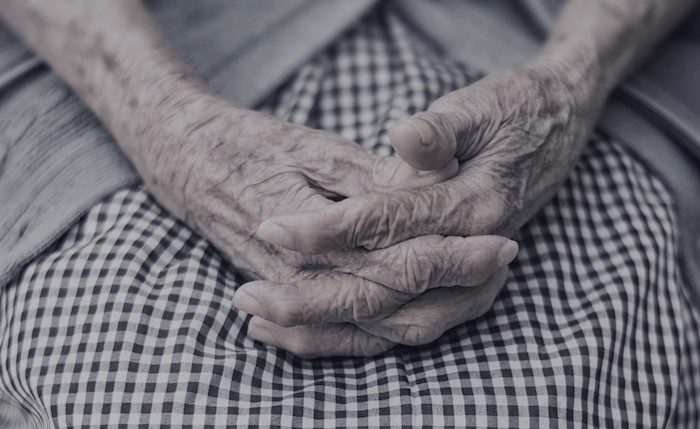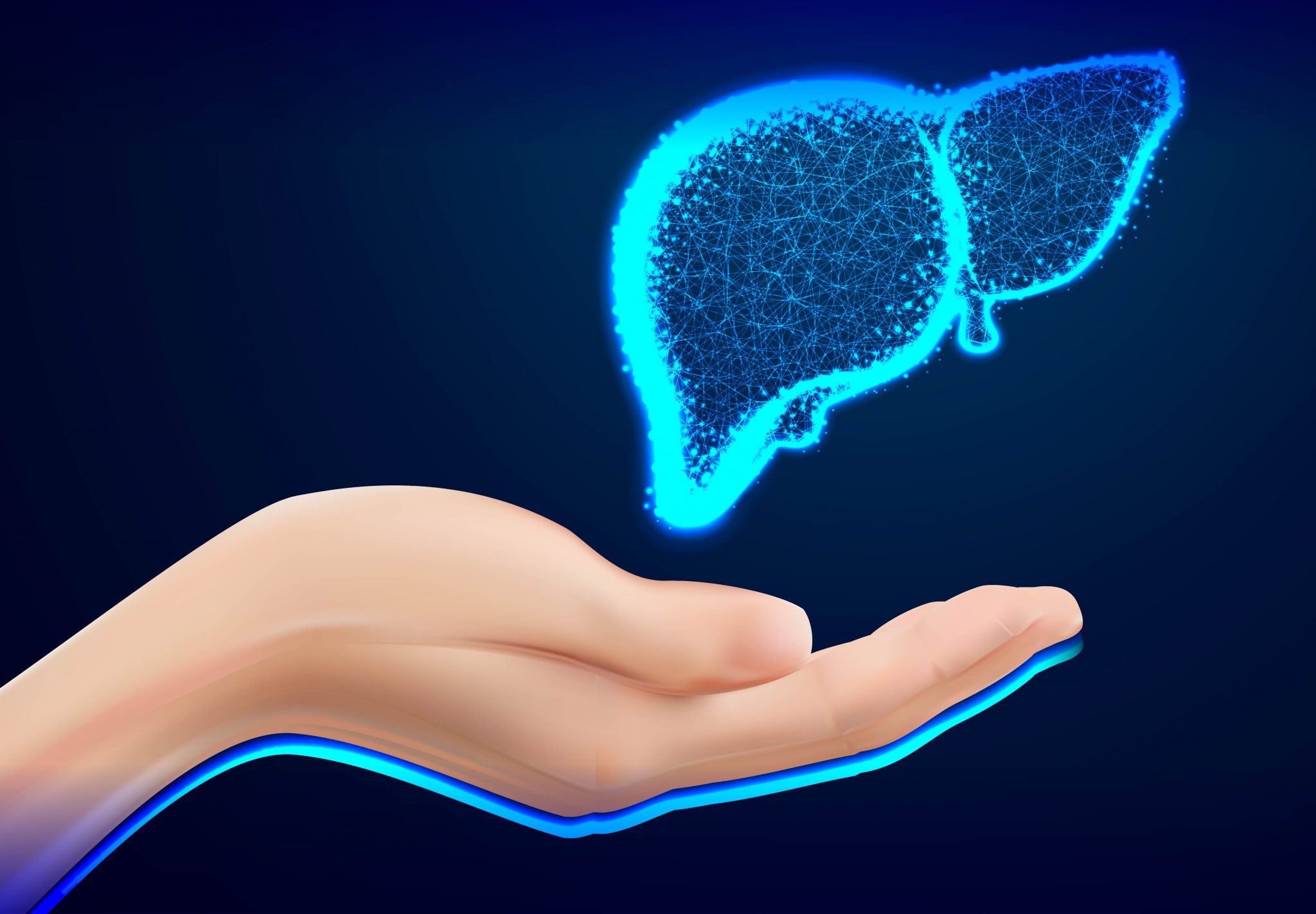Have you ever experienced a red and swollen joint that is extremely painful? Usually occurring in the extremities of your limbs like your fingers and toes? Those are the early symptoms of gout.
Only 10 to 20% of people experience these early symptoms when they have high uric acid in their blood. The majority of us do not have any symptoms for high uric acid.
What is gout?
Gout is a type of arthritis that occurs when there is too much uric acid in the body. It results from the formation of urate crystals in the joints causing inflammation. Sometimes, the joints can swell up within a few hours and can be severely painful.

Uric acid is the result of the breakdown of purines. This means that if you eat foods that are high in purines, your level of uric acid may increase.
How does gout happen?
A common misconception is that any food that is high in proteins will cause a spike in uric acid levels.
This is only partially true, while the majority of food rich in proteins like meat and seafood will tend to cause an increase in uric acid levels, this is because these foods also happen to have high purine contents.
A study even found that dairy products which are rich in protein help decrease the risk of gout. If you are a bodybuilder or a gym-goer, whey protein supplements do not directly increase your risk of gout!
However, if you are predisposed to a higher risk of gout, mind your protein intake as too much protein will limit your kidneys’ filtering capacity which can, in turn, affect the removal of uric acid from the system.
Stages of gout
Gout can occur in several stages:
Asymptomatic hyperuricemia (high uric acid)
The period before the first gout attack may show no symptoms. However, uric acids levels are high, and crystals may already be forming in your joints. The earliest stage of gout called asymptomatic hyperuricemia which translates to ‘high uric acid levels with no symptoms.’
Acute gout
You may experience a gout attack or acute gout when you feel extreme pain in your joints. This may be caused by something you ate or drank, and the inflammation usually happens at night.
The pain typically intensifies over a period of 8 to 12 hours and will eventually go away after around 7-10 days for most people. If you’re lucky, you may not experience a gout attack again in your lifetime.
However, statistics show that roughly 60% of people will have another gout attack within a year and a total of 84% of people will have another gout attack in a span of 3 years.
Interval Gout
Interval gout refers to the time between two gout attacks. You may not feel pain but that does not mean that the gout is gone. There may still be slight inflammation that are damaging the joints.
To prevent future gout attacks or the worsening of gout conditions, it is advisable to start managing your lifestyle, diet and medication during this period.
Chronic gout
When a person starts to have constantly high uric acid levels for a long period of time, chronic gout can occur.
When this happens, the gout attacks happen more frequently and the pain and inflammation may not disappear like before. Chronic gout may cause serious damage to the joints. Fortunately, proper managing of lifestyle and treatments can help prevent chronic gout.
Some people are more predisposed to gout than others.
This is because genetics can play an important role in the prevalence of gout.
ABCG2 is one of the main determinants of gout. The gene codes for ATP-binding cassette G2 which is a fancy name for a protein that transports uric acid in your body.
A mutation or variation of this gene may hinder its ability to properly transport uric acids out of the system. This could potentially lead to decreased excretion of uric acid out of the body through the kidneys or the gut.
Another gene, GCKR was also found to be associated with the onset of gout. A research article was published where it was found that a mutation in the GCKR gene increased the risk of high uric acid concentrations and in turn, gouty arthritis.
Are you at high risk of gout? What can you do to prevent the disease?
Gout can be managed easily with certain drugs and can even be prevented with proper lifestyle and dietary changes. If you already have gout, it is best to seek the advice of a medical professional as there are many medications that can treat the metabolic conditions of hyperuricemia.
If you find yourself to be predisposed to gout, then now is the right time to make changes to your lifestyle and diet.
For starters, remove high-purine foods from your diet. A high-purine diet is the main cause for gout. So, by removing them from your daily menu, you will stand a good chance of preventing gout.
High- purine foods include the following:

- Any alcoholic beverage
- Fish such as anchovies, sardines, herring, codfish, trout and haddock
- Shellfish and crustaceans such as mussels, scallops, crabs, shrimp, lobsters and oysters
- Red meats like beef, duck, ham and venison
- Other meats like pork, chicken and turkey
- Animal organs like liver and sweetbread
It may not be necessary to omit all these foods from your diet. You can try and determine a safe level of consumption for each of these ingredients.
Try gradually reducing your intake of these foods until the gout attacks subside. Once you’ve determined the limit of your purine intake, then all you have to do is be mindful of your limits and maintain a healthy diet!
In terms of lifestyle changes, if you happen to be overweight or obese, losing weight may help to reduce the risk of gout. This is because obesity is considered a factor for increased risk of gout.
Other conditions that may also affect your risk of gout are high cholesterol, high blood pressure, diabetes and heart disease.
References:
1. Sowers, M. F. (no date) Whey Protein Supplements and Gout. Available at: https://www.arthritis.org/living-with-arthritis/tools-resources/expert-q-a/gout-questions/supplements-and-gout.php (Accessed: 27 December 2018).
2. Arthritis Foundation (no date) What is Gout? Available at: https://www.arthritis.org/about-arthritis/types/gout/what-is-gout.php (Accessed: 27 December 2018).
3. Roubenoff, R. (no date) Safe Foods for Gout. Available at: https://www.arthritis.org/living-with-arthritis/tools-resources/expert-q-a/gout-questions/food-for-gout.php (Accessed: 27 December 2018).
4. Curhan, G. and Sc, D. (2004) ‘Purine-Rich Foods, Dairy and Protein Intake, and the Risk of Gout in Men’, pp. 1093–1103.
5. Zhou, Z. et al. (2015) ‘Polymorphisms in GCKR , SLC17A1 and SLC22A12 were associated with phenotype gout in Han Chinese males : a case – control study’, BMC Medical Genetics. BMC Medical Genetics, pp. 1–9. doi: 10.1186/s12881-015-0208-8.
6. Merriman, T. R. (2017) ‘ABCG2 polymorphisms in gout : insights into disease susceptibility and treatment approaches’, pp. 129–142.

